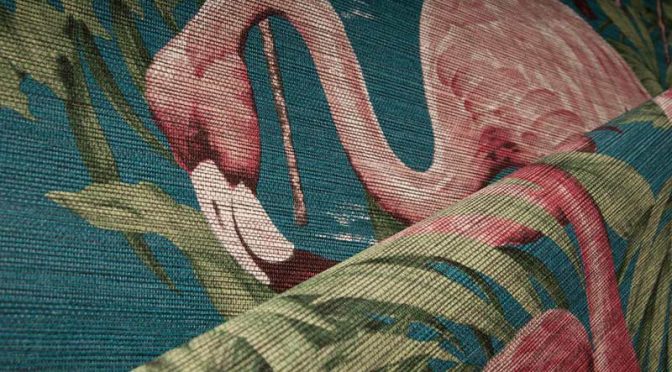In an industry with ever-changing trends and fads, it’s nice to know there are some constants and classic looks that will never date within interior design. There is one trend, however, that not only seems to be here to stay, but has changed the interiors industry possibly permanently. And it’s affected not just interiors, but the building and construction business, both in terms of how and where we work and live.
Our well-being, is now one of the most important themes in our consciousness today, and is fast dictating how we live and the environment we create. With research showing how our surroundings can affect our physical and emotional lives, it feels as though this trend is only at the beginning of its design journey.
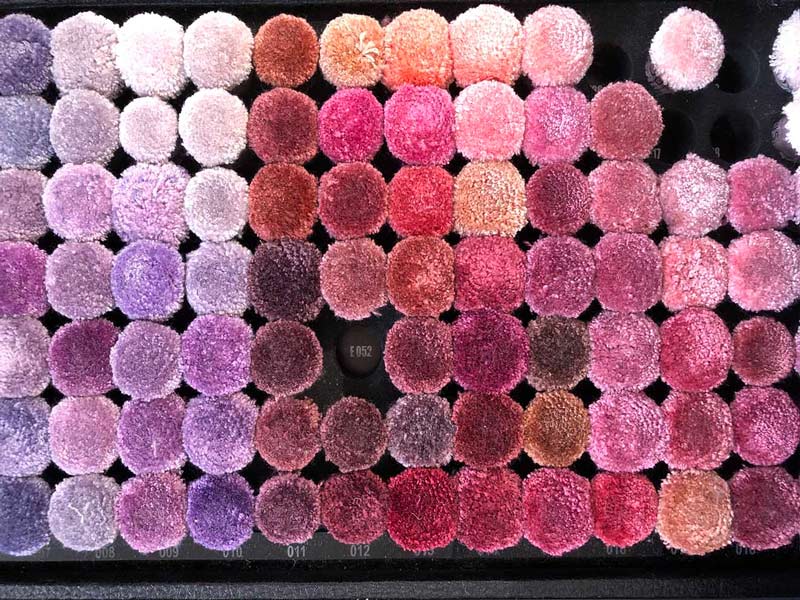
Regardless of where you live, you’re likely to spend more time indoors than out. In fact, according to research, in the western world, the majority of people spend a staggering 93 per cent of their time inside. As a result, further conclusions have shown that there is a direct correlation between our health (mental and otherwise) and our environment.
The factors that have the biggest impact are light, air quality, and access to or at least views of the natural world. Although this is something that isn’t necessarily possible in some environments, particularly in the work and business context, top interior designers are now seeing an upsurge in demand for these themes from their clients.
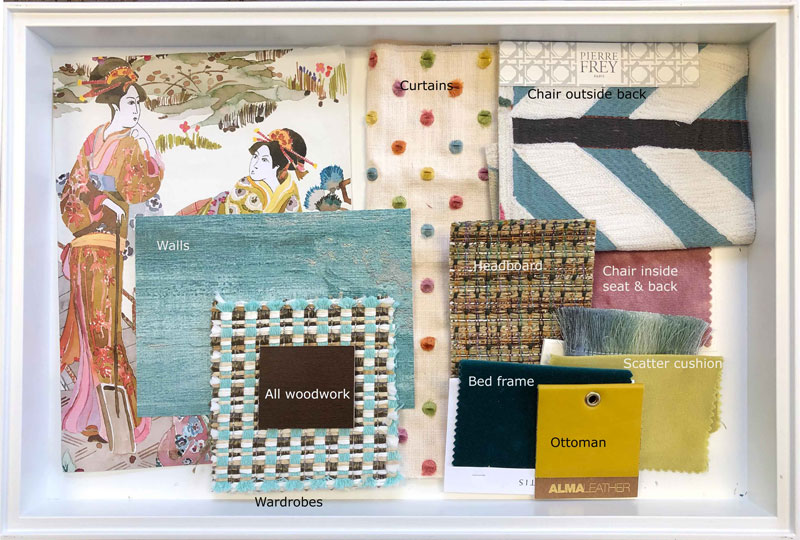
Recently, colour trends in wellness interior design have seen a move towards not only neutrals, but shades that provide a naturally connected sense of space. The inspiration for this is the natural world, with colours focused on evoking a sense of calm, relaxation and tranquillity.
These lighter hues are considered to be airy and can essentially make people feel more positive and more productive. Experts believe that stress, can be somewhat quelled by being surrounded by soft blues and greens as they evoke thoughts of calming water or expansive sunny skies.

A well thought-out colour scheme, can encourage uplifting feelings as soon as one walks into a space – ultimately putting people into a relaxed state of mind, which can prove to be comforting in a home and creatively beneficial in the work or commercial space.
Delineating different zones in a room for different purposes can be integral in terms of creating the right context for a specific activity. Eating, relaxing, sleeping, bathing are all pursuits that operate at different speeds, and the environment in which these various functions are carried out should be adapted accordingly both in terms of the colours that are used as well other interior considerations.
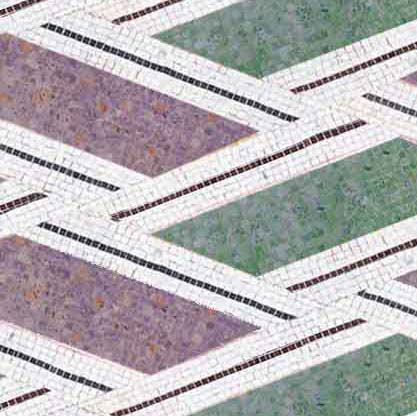
Furnishings, for example, particularly those made out of natural or organic materials can be used to evoke a relaxed, feel-good element. But that doesn’t necessarily mean having a raw, rustic, wooden lump sitting fatly in one’s living room. In the world of luxury interior design, the skill is to incorporate beautiful organic furnishings into a scheme creating the required mood, in an understated fashion.
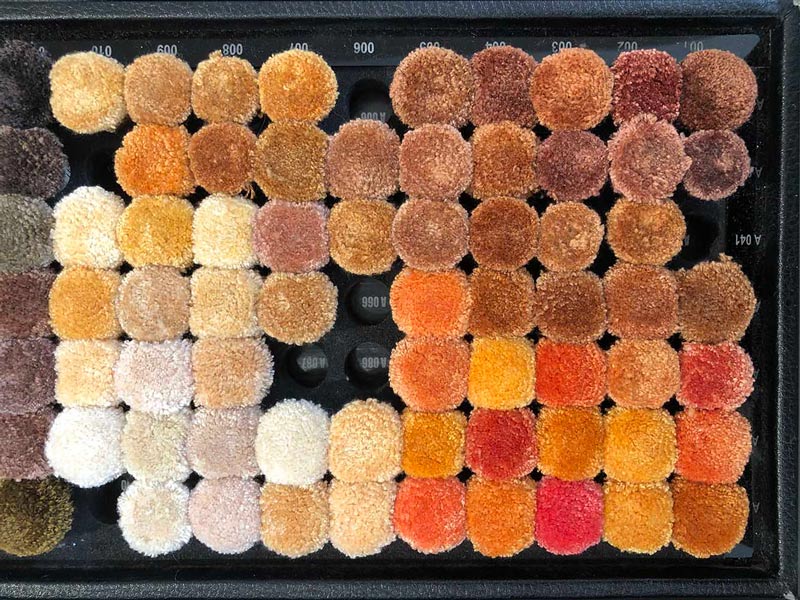
Similarly, light is integral to a room scheme and can have a huge impact on the feeling of well-being in a space. The popularity of having as much natural light as possible is at its zenith, while creating the correct indoor lighting in direct relation to our emotional health is becoming increasingly important. This is vital in a domestic as well as a commercial environment as providing appropriate levels of lighting can significantly promote visual acuity and work quality.
As American interior designer and decorator Albert Hadley said: “Rooms should not be put together for show, but to nourish one’s own wellbeing.”
